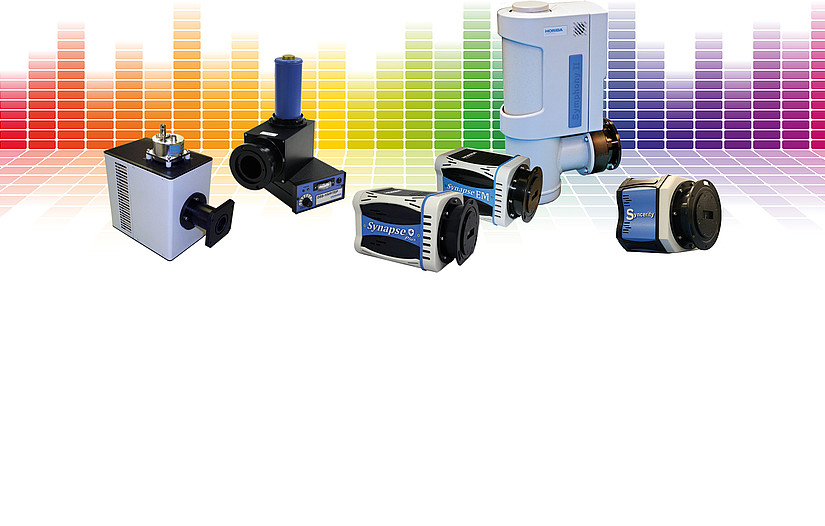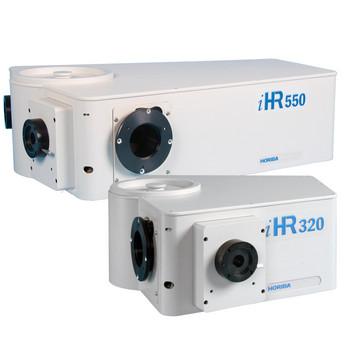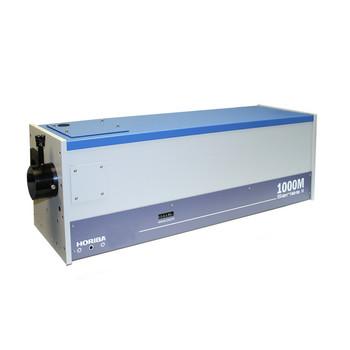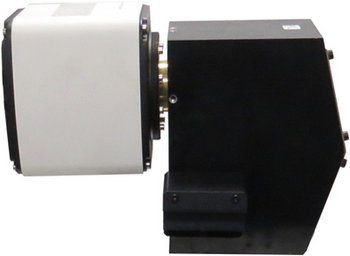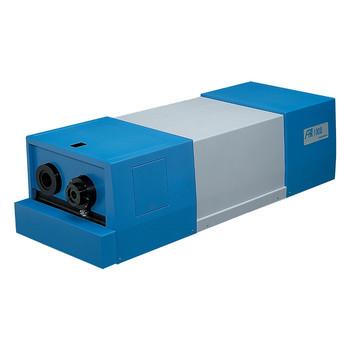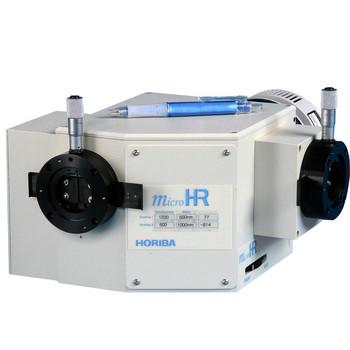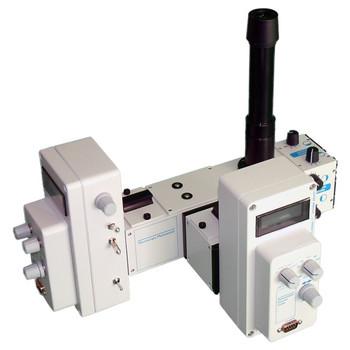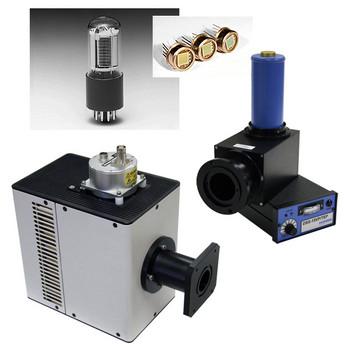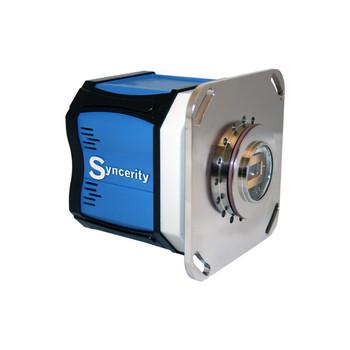For spectroscopy and microscopy experiments in the UV/Vis/NIR region of the spectrum, a photomultiplier tube (PMT) is the ideal detector for quantitative low light level measurements. A PMT is extremely sensitive, with very wide dynamic range so it can also measure high levels of light. PMT’s are also very fast so rapid changes in optical signals can be reliably monitored. As a practical matter, PMT’s are durable, long-lived, and economical.
Photomultiplier tubes can be cooled to reduce thermal background noise (also referred to as the dark count), and hence lower the detection limit of the PMT to very low levels for extreme low light level single photon counting detection. Cooling the PMT also allows for detection further into the NIR because NIR PMT’s by their nature are much more thermally sensitive and are not suitable for use with non cooled PMT housings.
HORIBA is pleased to introduce the CoolOne™ dual stage thermo-electrically cooled PMT housing that operates in either analog, photon counting or direct out modes with the flick of a switch. This cooled PMT housing is ideal for standard side-on PMTs that are used from 185 to 1,200 nanometers and provides a very low dark count of only a few counts per second (cps) depending on the PMT selected.
PMT's are better than photodiodes and APD's for low light detection
Although the quantum efficiency (QE) of a PMT is less than that of a silicon photodiode or avalanche photodiode (APD), a PMT has a much lower limit of low light detection due to the high current amplification (~ 107) of the electron multiplier in the PMT. It is because of this large gain and low noise that a PMT provides significantly better low light sensitivity than a photodiode or APD.
Looking for a different type of detector?
For a less expensive non-cooled PMT housing that operates from 185 to 900 nm please take a look at our ambient PMT housing. For NIR detection from 0.8 to 1.9 μm please take a look at our InGaAs detectors.
The CoolOne™ detection system consists of the following
- High voltage adjustment with LCD display of HV
- Indicator lights for In temperature range and Overheating
- AC Adapter
1. CoolOne™ Housing |
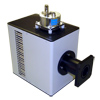
| - Two stage, thermo-electrically air cooled PMT housing
- Internal socket for most 1 1/8-inch side-on PMT’s
|
2. CoolOne™ HV Supply |
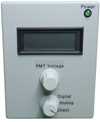
| - High voltage adjustment with LCD display of HV
- Indicator lights for In temperature range and Overheating
- AC Adapter
|
3. CoolOne™ Multi-Mode Electronics Module. This is an optional electronics module. If you already have detection electronics, you could use what you have instead of this module and feed the signal from the PMT housing into your own box. |
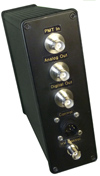
| - CoolOne™ Multi-Mode Electronics Module
- Output switch to select analog, photon-counting or direct out detection modes
- Complete analog and photon counting circuitry
- BNC connectors for PMT In, Analog Out, Photon-Counting Out
|
The CoolOne™ detection system is very convenient and easy to use. It incorporates modern design techniques and components. You have a choice of standard PMT’s to choose from or you can select from any other 1 1/8-inch side-on photomultiplier tubes that operates in the range from -150 to -1,250 Volts DC. The PMT high voltage is shown on a digital display on the HV supply. The high voltage can be adjusted manually or controlled externally with a signal at the “External Voltage Control” BNC on the multimode electronics module. Power is delivered from an external AC adapter that is included.
Accesories
The front of the OBB CoolOne™ PMT housing has a flange with four mounting holes to attach the PMT housing to other optical components.
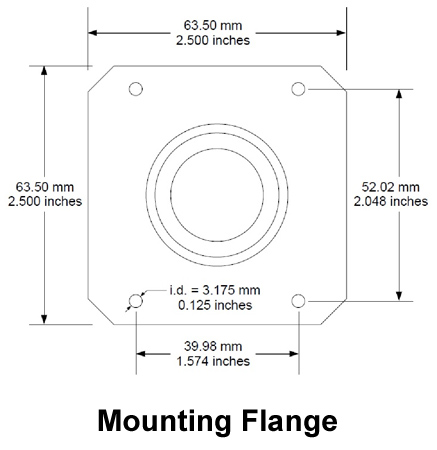
Compatible Optical Building Blocks
 Monochromators
Monochromators
HORIBA has an excellent 200 mm focal length monochromator that would allow you to use the HORIBA PMT housing as a scanning and tunable light detector. If you would like to couple the PMT housing to our monochromator, then we have a micrometer slit adapter to physically connect them and create a tunable detector with variable bandwidth selection.

 Sample Compartment
Sample Compartment
If you would like to couple your PMT housing to a sample compartment for spectroscopy measurements of solutions or solids, then we have an ideal solution. The HORIBA QuadraCentric sample compartment is an excellent unit that has various sample handling capabilities. You can connect the PMT housing and then have up to three other input or output optical channels to or from the central sample holder. So you could create a right angle fluorometer or scatter system, a transient absorption system or a straight through absorbance spectrometer with the appropriate electro-optical components. For each optical channel in the sample compartment there are collection optics and a filter holder for wavelength selection.
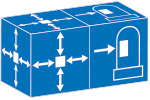
 Light Guides
Light Guides
Liquid light guides, fiber bundles and single fibers are excellent light delivery components that offer flexibility and versatility. HORIBA has a selection of light guides to choose from, as well as SMA adapters for single fibers. If you would like to use a liquid light guide, fiber bundle or single fiber with your HORIBA PMT housing then we have a number of light guides and adapters to choose from.
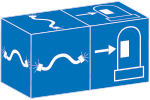
 Optical Choppers
Optical Choppers
If you would like to use the HORIBA PMT housing in analog mode with a lock-in amplifier for noise reduction, then we have then we have an optical chopper with a USB interface that can do the job. It is used on a stand-alone basis with a third party lock-in amplifier

Other Accessories
Micrometer slit accessory
This allows you to continuously adjust a slit mounted in front of the PMT housing to attenuate the light delivered to the detector.

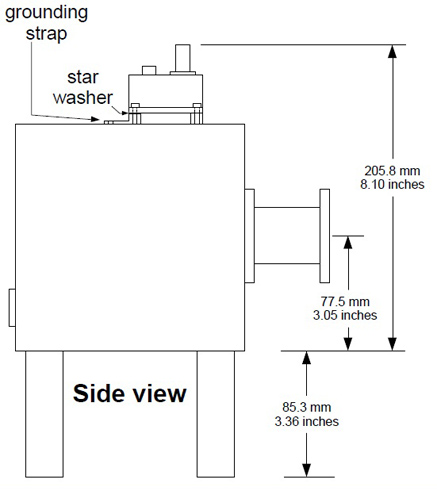
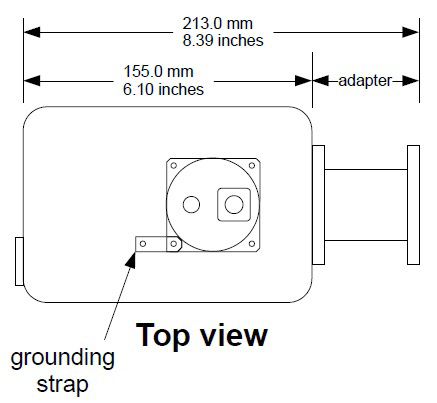

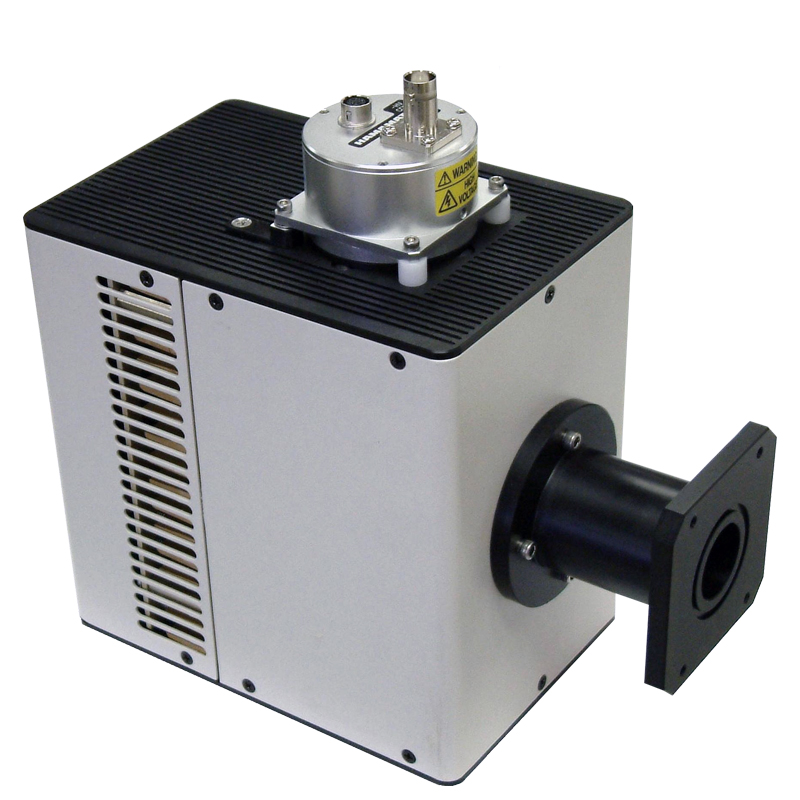



 Monochromators
Monochromators
 Sample Compartment
Sample Compartment
 Light Guides
Light Guides
 Optical Choppers
Optical Choppers
